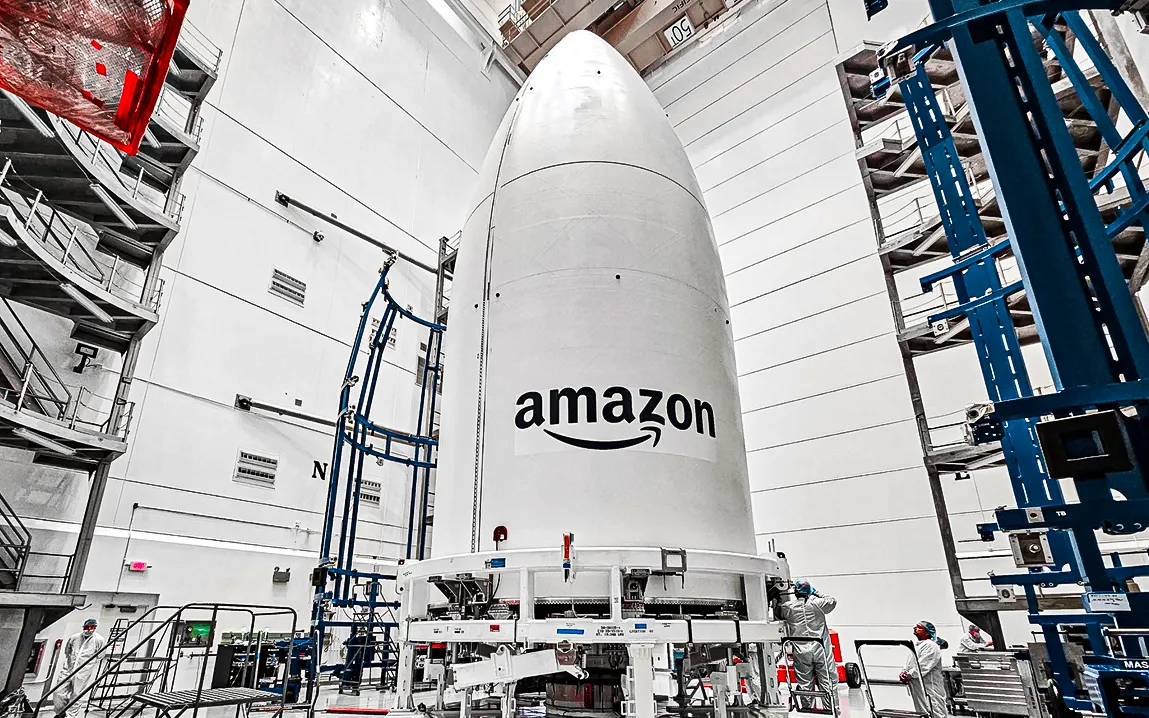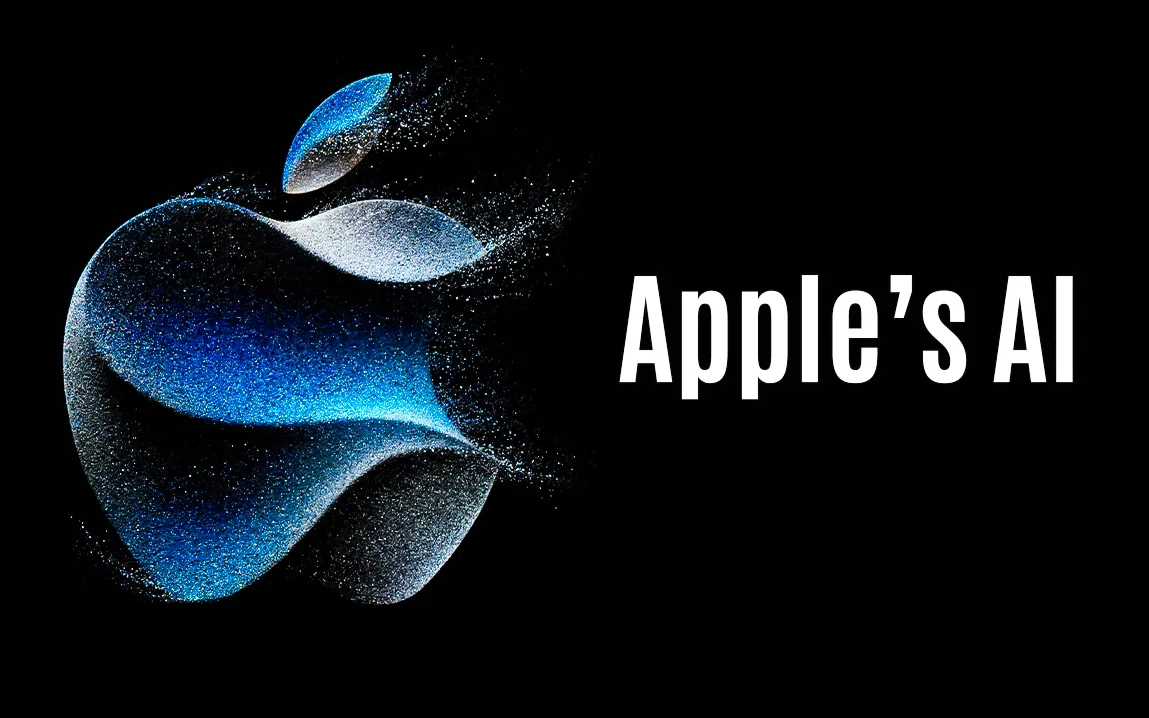Amazon is set to launch the first batch of its Project Kuiper satellites on April 9, 2025, marking a significant milestone in its mission to provide global broadband internet services. The “Kuiper Atlas 1” mission will deploy 27 satellites into low Earth orbit (LEO) using a United Launch Alliance (ULA) Atlas V rocket from Cape Canaveral Space Force Station in Florida.
Project Kuiper proposes to launch a constellation of more than 3,000 satellites to provide global high-speed internet connectivity, competing directly with the Starlink network of SpaceX. Amazon unveiled this ambitious project in 2019 by investing $10 billion. Amazon successfully launched two test satellites in 2023 to pave the way for this large-scale deployment.
The first launch is the first of a series of missions that will expand the Kuiper network. Amazon has contracted for as many as 83 launches with suppliers such as ULA, Arianespace, and Blue Origin, with the goal of satisfying the Federal Communications Commission’s mandate to launch at least half of the satellite constellation by mid-2026.
The April 9 launch will have the Atlas V rocket put the 27 satellites in an orbit around 280 miles (450 kilometers) above Earth. This deployment will mark the beginning of the operational phase of Project Kuiper, with later launches scheduled to add coverage and capacity.
Amazon’s move into the satellite internet industry poses a serious threat to incumbents, led by SpaceX’s Starlink, which already has about 8,000 satellites launched and covers more than five million users worldwide. Amazon is hoping to apply its strength in web services and consumer electronics to provide aggressive services and equipment, potentially aligning Kuiper’s products with its current infrastructure.
In spite of the potential of the project, analysts have been concerned with the high investment costs and the period it will take to become profitable. Estimates have put Project Kuiper at potentially losing huge amounts of money before becoming profitable, with up to $6 billion in losses expected by 2025. Nevertheless, Amazon considers this project to be a long-term investment, expecting the world’s demand for broadband connectivity to fuel future growth.
The success of Project Kuiper will have a deep impact, not just on the business profile of Amazon, but also on worldwide internet penetration. By making high-speed internet accessible to rural and underserved regions, Amazon can help fill the digital gap and open new possibilities for learning, trade, and communication globally.



